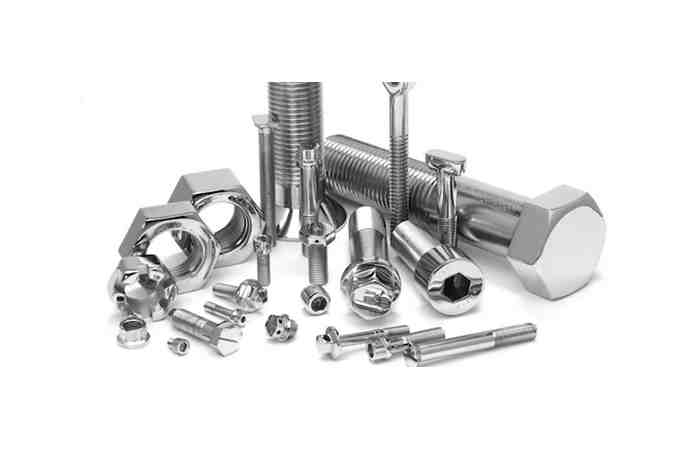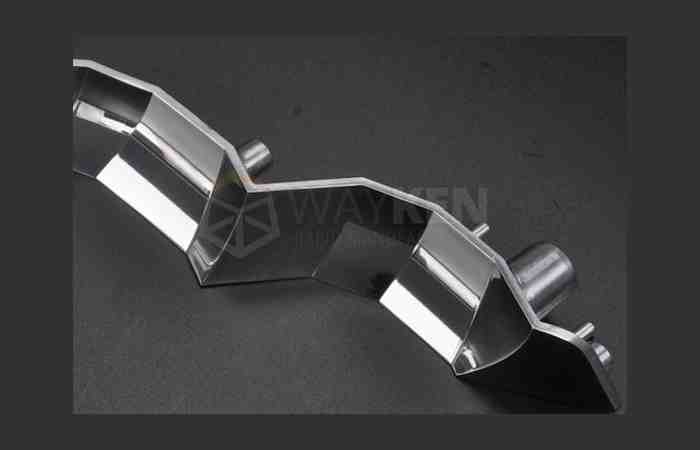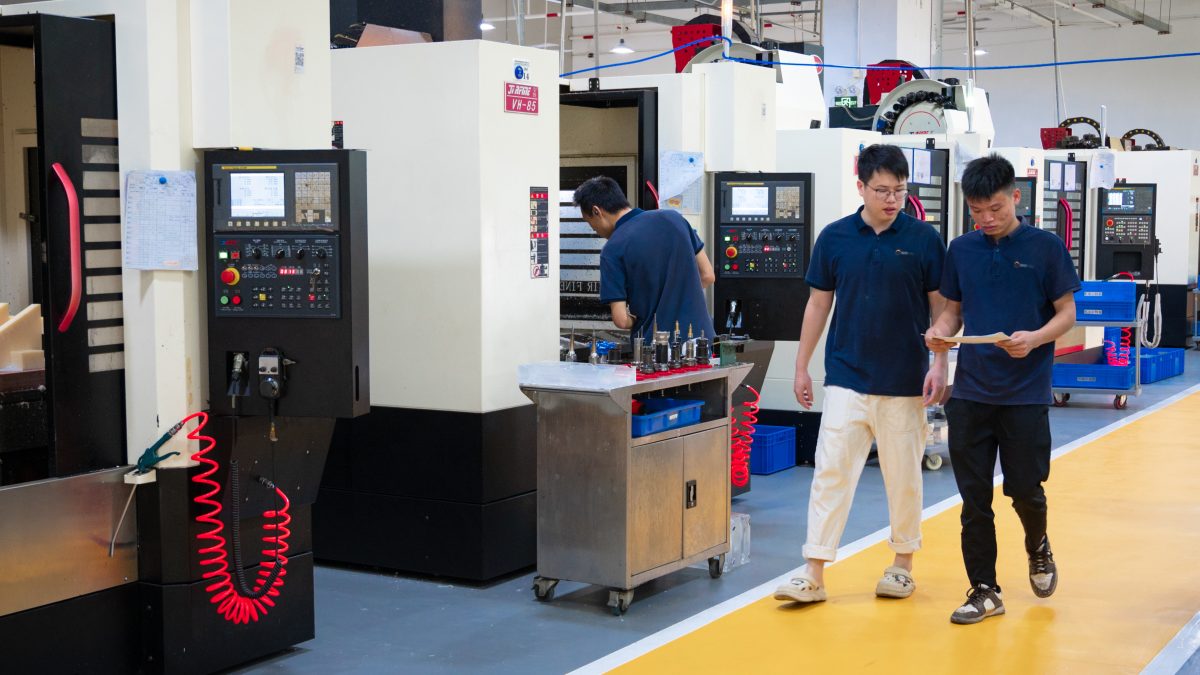An automotive is an integrated assembly of components that support and function seamlessly. Traditionally, welding and adhesive have been used to bond these components. However, with the industry’s shift towards innovative and futuristic designs, lightweight materials like CNC aluminum and composites are getting popular. Often, welding or gluing these materials may not be viable due to the inaccessibility of joint locations and material incompatibilities.
Structural blind fasteners offer an excellent solution to such scenarios. They perform well in applications where traditional methods falter due to space and material constraints. Moreover, they don’t require access to both sides to join parts.
Table of Contents
Strengthening of Vehicle Frame Assembly
Usually, automobiles feature HSS frame structures that are welded together. The blind fasteners could serve as an excellent and cost-effective alternative. They can also be used in vehicle frame assemblies, where welding is not possible due to space constraints, or when you have to construct a hybrid material chassis.
The key specialty of these fasteners is their ability to interlock permanently and fasten from just one side. The fasteners apply an even clamping force across the joint, which helps distribute the stress uniformly.
Modern EVs can especially benefit from these properties. One use case is building compact enclosures for batteries within the frame, that can endure all types of mechanical stresses.
Improved Aesthetic and Functional Appeal: Interior and Exterior
Although blind fasteners offer high-strength joints, they are largely known for their aesthetic purposes. Exterior panels where visible bolts or screws can detract, blind fasteners provide a sleeker look.
In the interiors of many GM models, blind fasteners are used to secure dashboard components. Lightweight body panels and trim pieces, made of composite materials are also attached with blind rivets. Similarly, Ford uses blind rivets for door panel trims and roof moldings. This practice is followed by other manufacturers too.

Undercarriage Protection Durability
The undercarriage of a vehicle is constantly exposed to harsh conditions – moisture, road salts, and debris – all of which can contribute to corrosion over time. Blind fasteners have a tight, flush finish that seals off areas that might be otherwise vulnerable to the ingress of corrosive substances.
Moreover, the fasteners used undercarriage are inherently corrosion-resistant. They are either made of resistant materials like stainless steel or have a coating of zinc or cadmium.
Off-road vehicles, that face similar muddy and moisture-rich environment, are an ideal use case. Manufacturers use them to attach protective undercarriage panels and skid plates. The blind rivets not only provide strong mechanical attachments but also prevent water and debris from penetrating the joints.
Aerodynamic Optimization through Fasteners
Vehicle aerodynamics improve fuel efficiency, reduce emissions, and enhance performance. With blind fasteners, automotive designers have freedom to explore complex, streamlined shapes that would have been difficult through traditional adhesion methods.
By enabling tighter fits and smoother exteriors, blind fasteners reduce the small pockets of air turbulence that can increase drag. In sports car models like the Porsche 911 or the Chevrolet Corvette, blind fasteners attach low-profile aerodynamic enhancements such as spoilers and diffusers.
Besides aerodynamic optimization, these structurally blind fasteners make durable and reliable joints that withstand the rigors of high-speed travel and environmental exposure.
Assembly of Hybrid Material Structures
In pursuit of light and high-strength vehicle structures, hybrid materials are now becoming in the automotive landscape. For instance, EVs mostly employ a mix of high-strength steel and aluminum to reduce weight. Joining such structures is challenging with traditional welding or adhesive.
Moreover, when two dissimilar metals are joined, there is a potential for galvanic corrosion if the metals are electrochemically incompatible. These fasteners have protective coatings or are made from materials that mitigate this risk.

Structural blind fasteners can accommodate any differences in material properties like expansion or elasticity. That’s helpful when you have to join dissimilar metals (HSS+Al) that behave differently under stress and temperature changes.
Heat Shield and Noise Insulation Fastening
Blind fasteners are manufactured from materials (steel and other alloys) that can withstand high temperatures without losing their mechanical integrity. This makes them ideal for fastening heat shields that protect sensitive components.
Effective heat management is very crucial in high-performance vehicles where running temperature often gets high due to powerful engine. Blind fasteners attach heat shields directly to areas around the engine block and along the exhaust path.
Another feature is their ability to dampen vibrations. Vehicles generate significant vibrations while operating, which can cause normal fasteners to loosen over time, leading to noise insulation failures. But the blind fasteners are designed to lock themselves tightly enduring all mechanical stresses during engine operation.
Low-cabin noise is a selling feature of most luxury SUVs. To get a noise-free cabin, manufacturers use fasteners to keep the insulation material in place, so the passenger’s comfort isn’t compromised.
Conclusion
As vehicles evolve to be lighter, sleeker, and more technologically advanced, their production techniques, from automotive prototyping to assembly, have also adapted. Traditional methods like welding and adhesives, which restrict material choices and require extra space, are being replaced. And structural blind fasteners are taking the lead in the auto industry, offering benefits that traditional bonding methods cannot.

